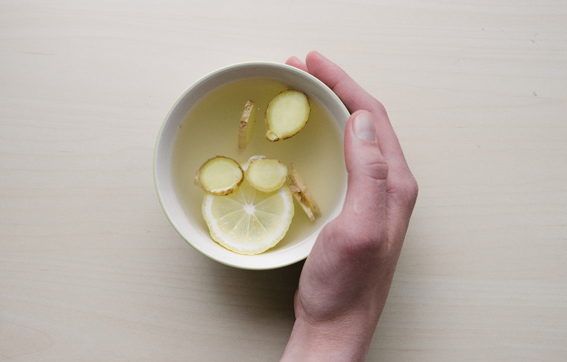Bone Broth

Prep Time
10 minutes
Prep Notes
Bone broth is a staple in our house. We always have some in the fridge and the freezer and drink at least a cup every day. You can read about the benefits of broth in my blog.
If you can't find bones to buy where you are you can use couple of whole chickens. Just remove the chicken after it's cooked, remove the flesh & return the bones to the pot.
Cooking Time
4-48 hours
Yields
3 litres
Ingredients
1.5kg bones - preferably a mixture of marrow and meaty bones
2 Tablespoons of apple cider vinegar
2 celery stalks*
2 carrots*
1 large onion or a couple of leeks*
4 cloves of garlic*
a handful of fresh herbs of your choice*
1 bay leaf*
*vegetable selection is up to you and the flavour you'd like to achieve. I often throw in vegetable scraps I've saved from cooking.
Directions
- First roast the bones in a very hot oven for approximately 30 minutes, or until brown. This step is optional but will give your broth a richer flavour
- Place bones in your pressure cooker / slow cooker and top up with approximately 3 litres of filtered water. Do not overfill your pressure cooker. The amount of water you can add will vary depending on the size of your cooker.
- Add the apple cider vinegar and allow to sit for an hour.
- Put the pressure cooker on high for 2-4 hours depending on the length of the cook you want. The longer the better to get more minerals out. You want the bones to be crumbling when they're poked. If you're using a slow cooker this can take up to 48 hours.
- Take out as many of the bones as you can with a slotted spoon.
- Add in the vegetables and herbs and return to pressure for a further 2 hours. Or if using a slow cooker, add the vegetables in for the last 6 hours of the cook
- Strain and store in the fridge for no more than 5 days. Freeze what you're not likely to get through in that time.
- When drinking, add salt and any herb and spice combination you like. Lemon juice is a nice addition too. You can use it to add to cooking if you don't want to drink it, or make soup out of it.
Notes
Tips:
You’ll know if you’ve got a lot of gelatin in your broth once it’s cool. If it’s jelly-like, that’s gelatin. If it’s more liquid, it’s still nutritious, but weaker. You can strengthen it by putting it on the stove and reducing it down to concentrate it.
If I end up with a broth that isn’t very gelatinous, I’ll poach a whole chicken in it, just until the chicken is cooked. This will usually be enough to get the broth gelatinous, but also gives you a chicken to use for adding to soups or salads, and the chicken flesh is infused with some of the nutrients from the broth. Then save the bones from the chicken for your next broth.
Bone broth is a great way to make use of all the bits you don’t usually eat so it saves on wastage. I keep two freezer bags in the freezer and throw bones after a meal into one, and vegetable scraps (carrot tops, vegetable peel, onion skin) into the other. When the bags are full make broth with them. You’ll probably want to top up with some fresh marrow bones and some extra veg/herbs depending on how much you have. You can keep different animal bones separate if you want to, but I like a mixed bone broth.
bone broth, gluten free, grain free, paleo, primal
